

Crysis was the pinnacle of the modern, hardcore first-person shooter: wide-open level design, intensely violent, unabashedly difficult, with no Half-Life 2–style puzzles or obstacles that a super-powered punch couldn’t solve, and a sliver of a story compared to Call of Duty 4. It brought our ability to interact with the environment in realistic ways to new levels, and the nanosuit was a masterstroke of game design that gave players the ability to perform super-human feats that transformed the nature of the gameplay depending on how you used them. It was a stunning achievement executed by devoted PC gamers, and it left us hanging when the game ended, wondering where Crytek would take the action from there.
The answer, apparently, is backward. Crytek seems bizarrely eager to de-emphasize the finest aspects of Crysis - the challenge and the open-ended nature of the gameplay in most missions - in favor of a more linear and simpler Call of Duty 4–style campaign. The result is an awkward hybrid that feels like a theme park ride based on the original - a sort of Crysis: Pirates of the North Korean. It’s a loud, explosive, action-packed seven-or-so hours that nonetheless manage to feel simple, uninspired, and even tedious by comparison.
While Nomad’s occupied on the other side of the island, you play as Sergeant Michael Sykes, affectionately known as “Psycho,” in a story that runs roughly parallel to the events of Crysis. By “story” I mean that JSOC Commander Emerson barks orders sending you hither and yon in pursuit of a North Korean officer, Colonel Lee, who’s tugging around a shipping crate full of something that doesn’t smell like kimchee.
The action and destruction ramp up swiftly, but in a strictly linear fashion that mimics the tightly scripted scenarios from CoD4. Like Dick Cheney’s canned hunting trips, cargo vehicles and gas stations are placed at intervals in order to show you a series of lovely explosions. Sure, you could get out of your tank and single-handedly strip a Korean bivouac of its soldiers during an escort mission - your charge will patiently wait for you - but you’re given zero incentive to explore, and it doesn’t make sense in the context of the mission, since you’re supposed to get your guy somewhere in a hurry.
In the game’s most disappointing sequence, Psycho pursues Colonel Lee and his mysterious cargo on a hovercraft across the frozen ocean, over listing ships and beneath the canopies of giant frozen waves. It’s a breathtaking sight, and you’ll want to pull over the hovercraft and drag the wife and kids out for a couple quick snaps. In fact, you can - Colonel Lee decides to take a nap if you’re not pursuing him. There are far too many showcase missions like these - all the way to a climactic mission near the end that’s literally on rails - that don’t take strategic advantage of the nanosuit, and often make it superfluous. Yikes.
The story is handled poorly. Missions often end abruptly, culminating in awkwardly staged cut-scenes that make characters look as if they’d forgotten their lines. Instead of, say, the thrilling ghillie-suit flashback sequence in COD4, Warhead shoves a wedge of backstory in through a handful of non-interactive audio-only sequences. It’s an inelegant gimmick suited to a lesser developer. There are tremendous improvements in Warhead, however, beyond the addition of a few weapons (including dual SMGs and a grenade that can temporarily disable an enemy’s nanosuit).
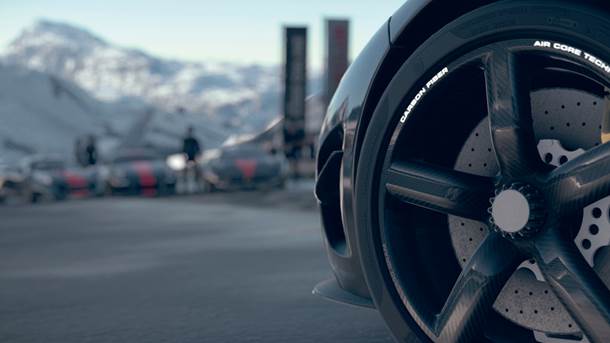


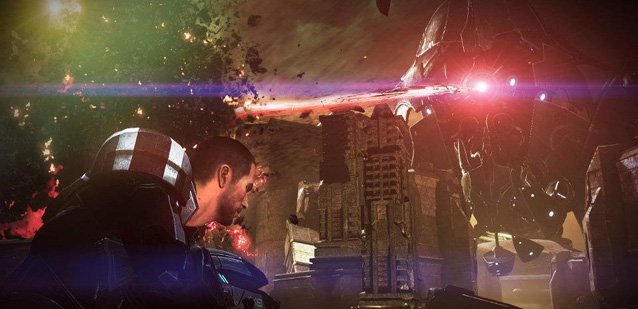
 Aerial Challenges In Grand Theft Auto V. Under The Bridges
Aerial Challenges In Grand Theft Auto V. Under The Bridges Dark Souls 2: Scholar Of The First Sin Boss Guide
Dark Souls 2: Scholar Of The First Sin Boss Guide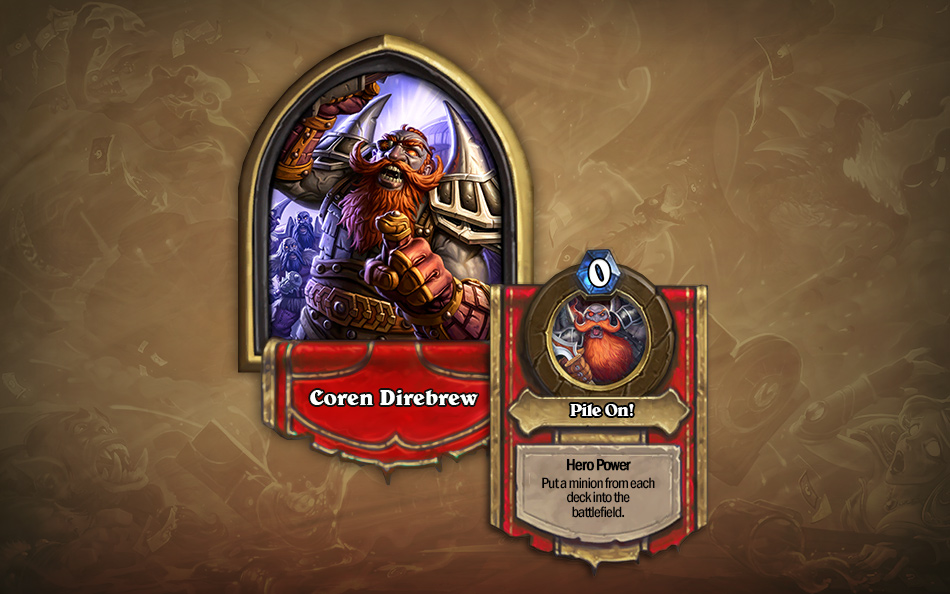 Hearthstone Blackrock Mountain Heroic Guide: Coren Direbrew, Dark Iron Arena, Emperor Thaurissan
Hearthstone Blackrock Mountain Heroic Guide: Coren Direbrew, Dark Iron Arena, Emperor Thaurissan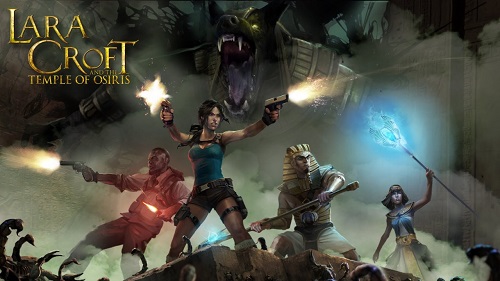 How to get more Lara Croft and the Temple of Orisis Weapons, Bombs, Extra rewards and more, Tips and Tricks Guide
How to get more Lara Croft and the Temple of Orisis Weapons, Bombs, Extra rewards and more, Tips and Tricks Guide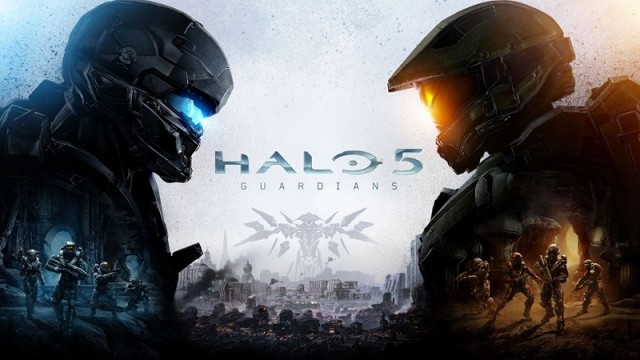 Halo 5: Guardian Complete Walkthrough and Guide
Halo 5: Guardian Complete Walkthrough and Guide